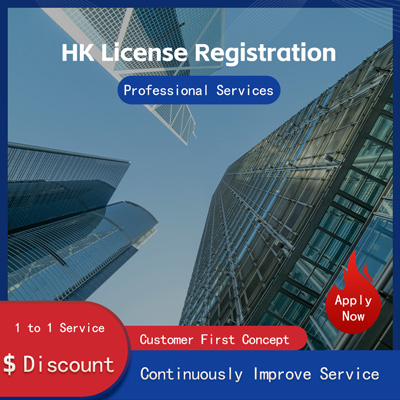
Revealing Operational Costs of US Companies Efficient Management and Control Strategies
Unveiling the Mystery of U.S. Corporate Operating Costs Effective Management and Control Strategies
In today’s highly interconnected global economy, the United States, as one of the world's largest economies, continues to draw attention for its corporate operating models and cost-control strategies. Particularly in the post-pandemic era, issues such as inflation, supply chain disruptions, and rising labor costs have made effective cost management a critical determinant of business success or failure.

This article examines recent operational trends among U.S. companies and relevant economic developments to explore the composition and evolution of corporate operating costs, as well as how businesses can effectively manage and control these expenses.
I. Composition of U.S. Corporate Operating Costs
Generally speaking, U.S. corporate operating costs mainly include the following components
1. Labor Costs
One of the largest expenses for most companies, labor costs include wages, benefits, social security contributions, and health insurance. In recent years, with a tightening labor market, firms have faced labor shortages and rising wage pressures. According to data from the Bureau of Labor Statistics BLS for Q1 2025, average hourly earnings for nonfarm payroll employees increased by 4.2% year-over-year, surpassing pre-pandemic levels.
2. Raw Material and Supply Chain Costs
Global supply chain volatility has led to sharp fluctuations in raw material prices. Companies in manufacturing, construction, and retail sectors have widely reported significant increases in procurement costs. For example, according to data released by the Institute for Supply Management ISM, the Manufacturing Prices Index reached 58.2 in April 2025, indicating ongoing upward pressure on input costs.
3. Rent and Facility Costs
Although the commercial real estate market was hit hard during the pandemic, some companies are now rethinking their office space needs as remote work stabilizes. As a result, office rents in certain urban centers, such as New York and San Francisco, have begun to rise slowly, despite relatively high vacancy rates.
4. Technology Investment and Digital Transformation Costs
To improve efficiency and streamline operations, more companies are increasing investments in technology-ranging from cloud computing and artificial intelligence to enterprise resource planning ERP systems. While these expenditures are strategic, they significantly influence long-term operating costs.
5. Compliance and Taxation Costs
Strict federal and state regulations related to environmental protection, employee rights, and data security impose compliance burdens on companies. Changes in tax policies also directly affect the structure of operating costs.
II. Current Cost Challenges Facing U.S. Businesses
Since early 2025, while the U.S. economy has continued to grow overall, inflationary pressures and high interest rates have presented dual challenges. Following multiple rate hikes by the Federal Reserve, inflation has eased somewhat, but borrowing costs remain elevated. This puts pressure on companies seeking financing for expansion or equipment purchases.
At the same time, a tight labor market has further increased human capital expenses. For example, Apple announced in spring 2025 that it would offer one-time bonuses and additional benefits to retain talent-a common practice among Silicon Valley tech firms, reflecting the need to invest more in employee retention amid intense competition.
Supply chain uncertainties persist. Although global logistics networks have largely recovered, geopolitical tensions and extreme weather events continue to pose risks of delays and cost increases. The resurgence of the Red Sea shipping crisis at the beginning of 2025 once again pushed up global freight costs, affecting U.S. firms reliant on imported materials.
III. Strategies for Effective Cost Management and Control
Faced with an increasingly complex operating environment, U.S. companies are adopting various measures to reduce costs and enhance efficiency. Below are several widely adopted strategies
1. Optimizing Human Resource Allocation
Flexible employment models help reduce fixed labor costs. Remote work, outsourcing, and temporary staffing arrangements have become popular. Amazon, for instance, adjusted its warehouse workforce structure in 2025 by introducing more automation and temporary workers to better manage seasonal demand fluctuations while controlling labor expenses.
2. Strengthening Supply Chain Management
Diversifying supply chains is key to reducing procurement costs and mitigating risk. Many companies are shifting from overreliance on China or Southeast Asia toward nearshoring or friend-shoring, such as relocating parts of manufacturing to Mexico or Canada to cut both transportation costs and geopolitical exposure.
3. Accelerating Digital Transformation
By integrating automation, AI, and data analytics, companies can boost operational efficiency and reduce reliance on manual labor. Walmart, for example, significantly ramped up investment in AI-driven inventory systems in 2025, which helped reduce stockpiling and improved supply chain responsiveness.
4. Implementing Detailed Cost Accounting and Budget Control
More companies are adopting advanced cost accounting methods such as Activity-Based Costing ABC or Zero-Based Budgeting ZBB to ensure every expense delivers measurable value. General Electric GE fully implemented ZBB across the company in 2025, successfully cutting over $1 billion in unnecessary spending.
5. Enhancing Strategic Supplier Collaboration
Long-term partnerships with key suppliers can provide stable pricing and superior service. Boeing, for example, has strengthened collaboration with aerospace component suppliers in recent years, leading to lower procurement costs and faster product delivery times.
IV. Conclusion
Managing corporate operating costs is a complex and dynamic process. In the current economic climate, U.S. companies must adopt flexible and forward-looking strategies to address cost pressures. Through optimized resource allocation, enhanced supply chain resilience, technological innovation, and rigorous budget controls, firms can achieve short-term savings while building more competitive long-term operational models.
For businesses around the world, the practices and experiences of U.S. companies offer valuable insights into navigating today’s challenging economic landscape.
Helpful (0)
No help (0)
Still have questions after reading? More than 98,000 users have contacted us. Please fill in the following information to obtain business information.

Next Article
How Long Does It Take to Register a Company in the U.S.? These Insider Details You Must Know!
Jul 17, 2025Service Scope
MoreRecommended for You
- The Real Deal Behind Registering a Company in Singapore Hidden Challenges Risks No One Tells You!
- How to Register a Foundation Company in Singapore Key Steps Things to Watch Out For!
- Audit Cost Insights for Singapore Companies Key Factors and Market Trends Explained
- How to Start a Company in Singapore as a Foreigner? A Comprehensive Guide to the Registration Process and Secrets!
- S’pore vs HK Banks Which Is Better for Wealth Management? Find Out the Smart Choice
- How to Easily Open a Singapore Bank Account in Mainland China? Ultimate Guide + Practical Tips
- What's It Really Like to Start a Biz in Singapore? Full Breakdown from Registration to Operations
- NRA Bank Confirmation Revealed Secrets You Must Know About Different Account Types
- How to Smoothly Open a Singapore Bank Account in China? A Guide to the Process and Key Points to Note
- U.S. Embassy in China Consular Section One-Stop Service, How to Process Notarization More Efficiently?
- How to Open a US Bank Account for a Hong Kong Company? Essential Requirements Explained!
- Want to Open an Account at Standard Chartered Bank in Beijing? Understand the Requirements in One Article!
- Which U.S. States Have the Craziest Economic Policies? One Chart Explains All!
- How to Get a WY Business License Must-Know Tips Before Starting Your Biz!
- Can You Find U.S. Company Registration Info in China? A Clear Guide!
- How Long Does It Take to Cancel a US Bank Card? Uncovering the Process and Truth Behind It
- How Much Does a Power of Attorney Cost in the US? You Might Not Know These Details
- Opening a Personal US Account Isn't That Hard - Just Follow These Steps and Tips
- How to Read U.S. Company Quarterly Reports A Comprehensive Guide to Fundamentals and Key Details
- U.S. Corp Account Opening Guide Secrets to Effortlessly Kickstart Global Biz


 ONE
ONE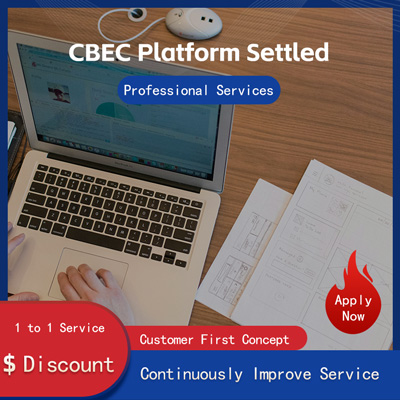
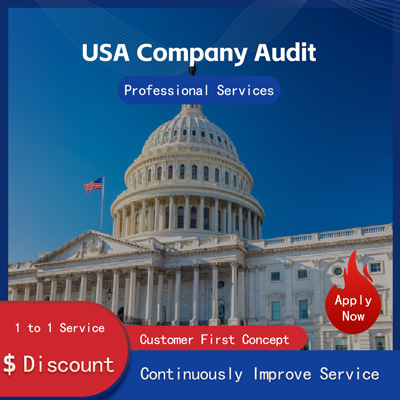
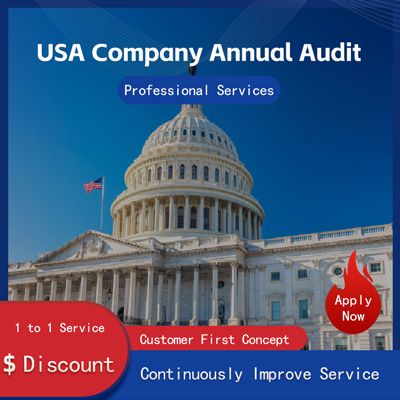
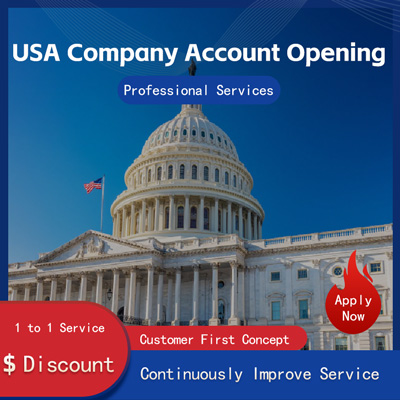
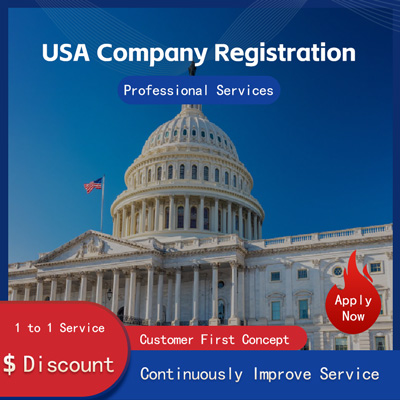
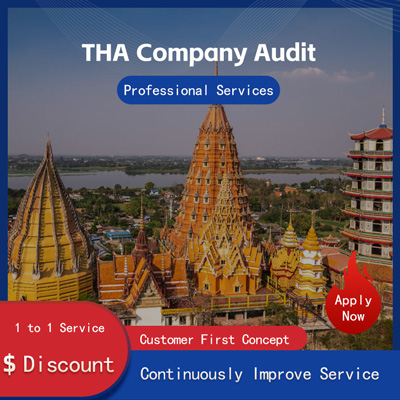
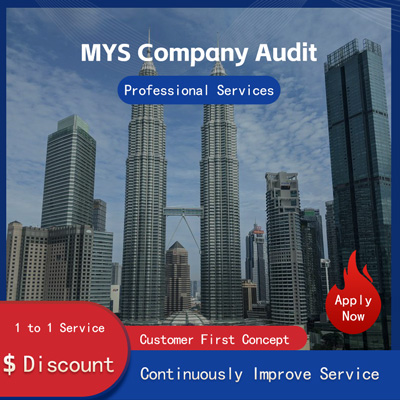
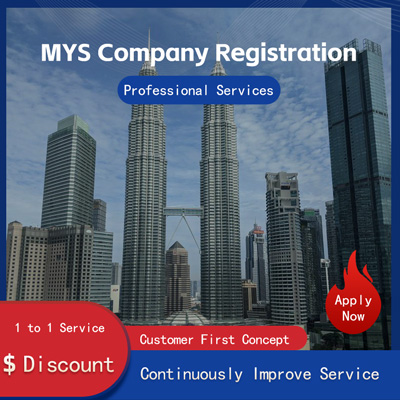
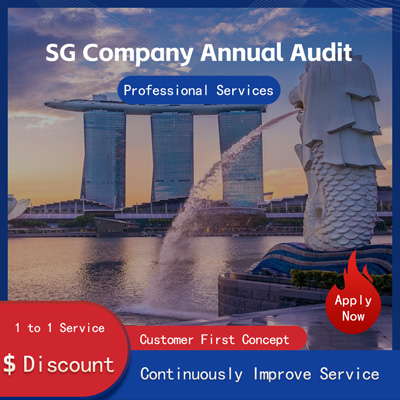
Customer Reviews
Small *** Table
December 12, 2024The experience was very good. I was still struggling to compare it with other companies. I went to the site a few days ago and wanted to implement it as soon as possible. I didn't expect that everything exceeded my expectations. The company is very large, with several hundred square meters. The employees are also dedicated and responsible. There is also a wall of certificates. I placed an order on the spot. It turned out that I did not make a wrong choice. The company's service attitude is very good and professional. The person who contacted me explained various things in detail in advance. After placing the order, the follow-up was also very timely, and they took the initiative to report the progress to me. In short, I am very satisfied and recommend this company!
Lin *** e
December 18, 2024When I first consulted customer service, they recommended an agent to me. They were very professional and patient and provided excellent service. They answered my questions as they came in. This 2-to-1 service model is very thoughtful. I had a lot of questions that I didn’t understand, and it’s not easy to register a company in Hong Kong. Fortunately, I have you.
t *** 7
December 19, 2024I originally thought that they only did mainland business, but I didn’t expect that they had been doing Hong Kong business and were doing very well. After the on-site interview, I decided to ask them to arrange the registration of my Hong Kong company. They helped me complete it very quickly and provided all the necessary information. The efficiency was awesome. It turns out that professional things should be done by professionals.👍
b *** 5
December 16, 2024In order to register a company in Hong Kong, I compared many platforms and stores and finally chose this store. The merchant said that they have been operating offline for more than 10 years and are indeed an old team of corporate services. The efficiency is first-class, and the customer service is also very professional.